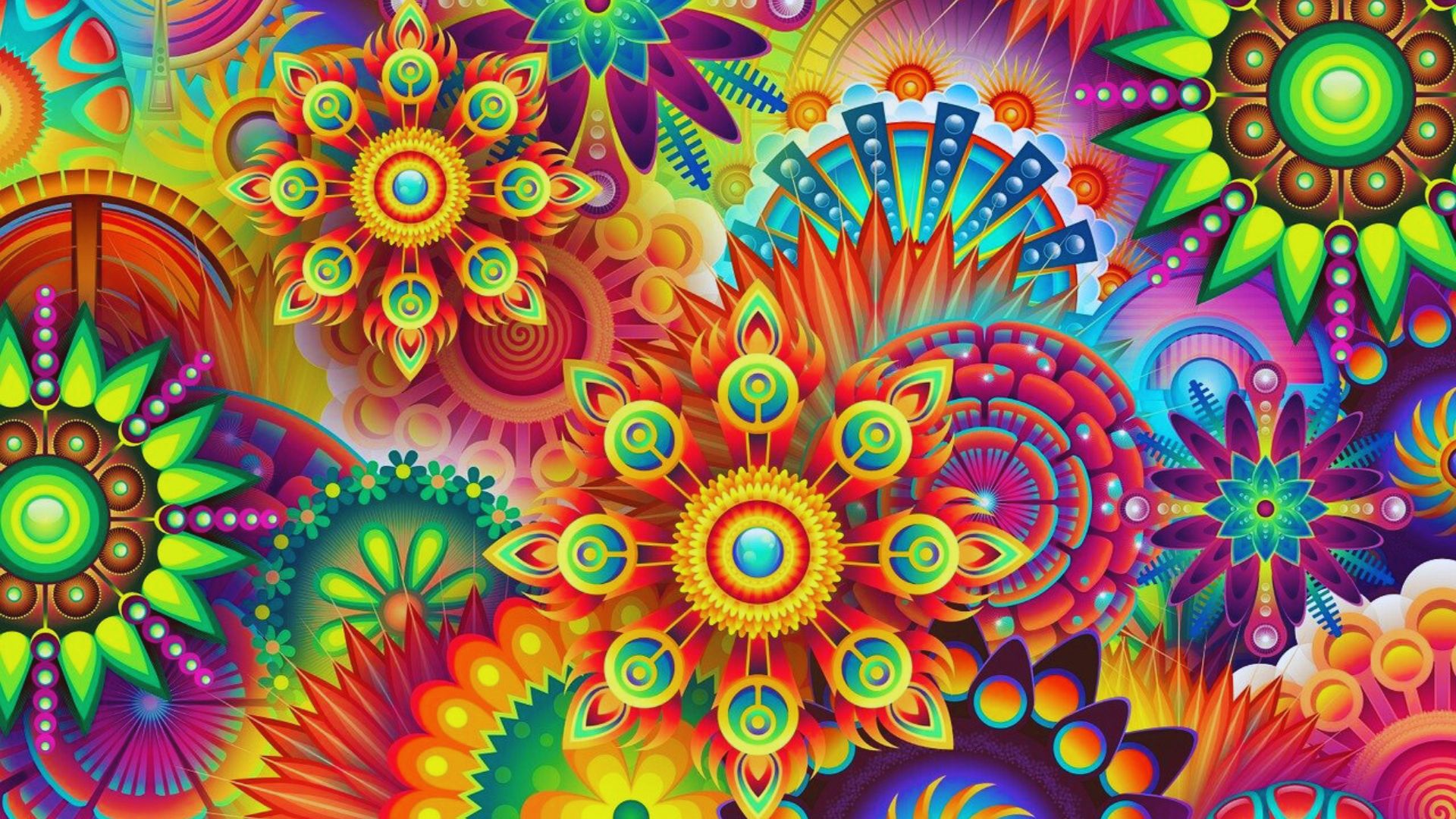Mandalák, intricate patterns of shapes and symbols, have been a significant part of many cultures for centuries. These beautiful designs, often circular, symbolize the universe and are used as a tool for meditation, reflection, and spiritual healing. In this article, we will explore the history, significance, and various uses of mandalák and how they can bring harmony and balance to your life.
What Are Mandalák?
Mandalák, derived from the Sanskrit word for “circle,” represents wholeness, unity, and harmony. It is more than just artistic designs; it is a reflection of the cosmos itself, often used in spiritual and religious practices. Mandalák can be found in various cultures, from the Buddhist mandalas in Tibet to the Navajo sand paintings in North America.
The History of Mandalák
The origins of mandalák date back thousands of years, rooted in ancient spiritual traditions. In Hinduism and Buddhism, mandalák is used as a spiritual guidance tool, aiding meditation and the journey toward enlightenment. These designs are often created in sand, painted on walls, or drawn on the ground, only to be destroyed after their purpose is fulfilled, symbolizing the impermanence of life.
The Spiritual Significance of Mandalák
Mandalák are more than beautiful designs; they are powerful spiritual symbols. Each mandalák represents the universe, a microcosm of the macrocosm. The centre of the mandalák is often seen as the point of origin, representing the self or the divine. The outer circles symbolize the universe’s unfolding from that centre, embodying the idea of growth, expansion, and the interconnectedness of all things.
How to Use Mandalák in Meditation
Meditating with mandalák can be a transformative experience. Focusing on intricate patterns lets you quiet your mind, centre your thoughts, and connect with a more profound sense of self. Here’s how you can incorporate mandalák into your meditation practice:
- Choose a Mandalák: Select a mandalák that resonates with you. It can be a traditional design or one that you create yourself.
- Find a Quiet Space: Sit comfortably in a quiet place where you won’t be disturbed.
- Focus on the Center: Begin by focusing on the centre of the mandalák, allowing your eyes to trace the patterns outward. Breathe deeply and let go of any distracting thoughts.
- Visualize and Reflect: As you meditate, visualize yourself entering the mandalák, moving closer to the centre. Reflect on the symbols and what they mean to you.
- Close with Gratitude: After your meditation, take a moment to express gratitude for the insights and peace you’ve gained.
The Healing Power of Mandalák
Mandalák has been used for healing purposes for centuries. Its repetitive patterns and symmetry can help to calm the mind, reduce stress, and promote healing. In modern therapy, mandalák is often used as a tool for art therapy, helping individuals express emotions and find balance in their lives.
Creating Your Mandalák
Creating your mandalák can be a powerful and personal experience. It allows you to express your inner thoughts and feelings visually. Here’s how you can create your mandalák:
- Gather Your Materials: You’ll need paper, pencils, markers, or any other art supplies you prefer.
- Start with a Center Point: Draw a small circle in the centre of your paper. This represents the origin, the self, or the divine.
- Expand Outward: Begin drawing patterns and shapes that expand outward from the centre. You can use geometric shapes, symbols, or freeform designs.
- Reflect as You Create: As you draw, think about what each shape and symbol represents. Let your intuition guide you.
- Colour and Finalize: Once you’re satisfied with the design, add colour to your mandalák. Choose colours that resonate with your mood or intention.
Incorporating Mandalák into Your Daily Life
Mandalák can be a powerful addition to your daily routine. Here are a few ways to incorporate them into your life:
- Daily Meditation: Use a mandalák as a focal point during meditation.
- Art Therapy: Create mandalák to express your emotions and gain insight into your inner self.
- Decorative Art: Display mandalák in your home or workspace to promote peace and harmony.
- Mindful Coloring: Engage in colouring mandalák for relaxation and stress relief.
The Cultural Influence of Mandalák
Mandalák has influenced many aspects of art, architecture, and culture. From the rose windows of Gothic cathedrals to the intricate floor designs in Indian temples, the mandalák’s influence is undeniable. These designs have transcended cultural boundaries, becoming a universal symbol of unity and peace.
The Modern Appeal of Mandalák
In recent years, mandalák has gained popularity in the modern world as a spiritual tool and a form of artistic expression. They are in colouring books, tattoos, home décor, and fashion. The appeal of mandalák lies in their ability to evoke a sense of calm, balance, and beauty in a chaotic world.
Conclusion
Mandalák are more than just intricate designs; they are a gateway to understanding the universe and yourself. You can bring a sense of peace, balance, and spiritual connection by incorporating mandalák into your daily life, whether through meditation, art, or decoration. Embrace the power of mandalák and allow them to guide you on your journey to inner peace and harmony.
